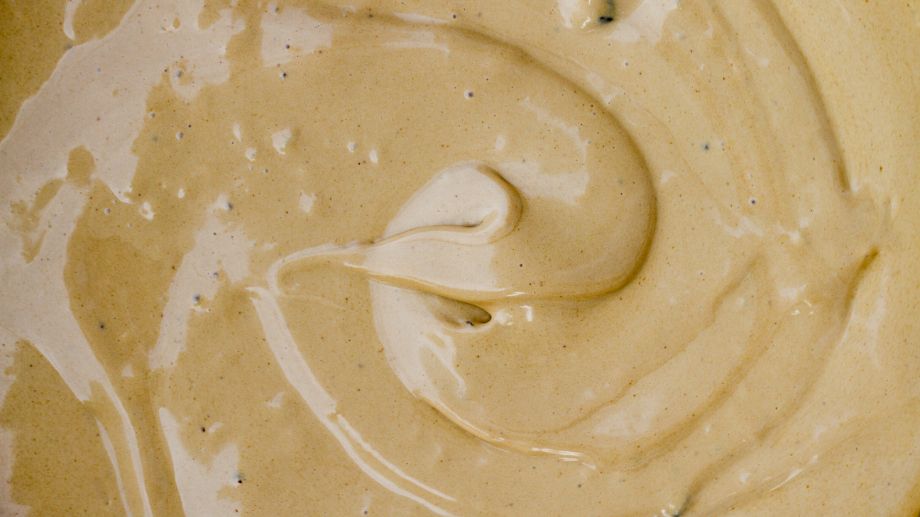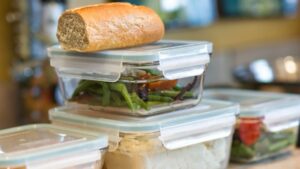Ever tried to make homemade ice cream only to have it fail freeze properly and end up with a soup like consistency? Here we give you the scoop on why your delicious homemade ice cream is not freezing properly.
There are many common reasons your homemade ice cream might not be freezing properly, but fear not! We provide the solution for the most common problem’s so that you can create that creamy consistency in no time.
The most common reason for ice cream not freezing property is the mixture or outer mixing bowl not being cold enough to freeze the ice cream. Overfilling the machine or using the wrong ingredients or too much sugar, salt or alcohol can also stop ice cream from freezing.
If you have put a lot of hard work into your batch it can be frustrating when you just cant seem to get it right.
If your ice cream is a soup like consistency then this article can help you nail the perfect soft serve texture.
Keep reading for the most common problems and how to solve them.
1. You Didn't Chill the Outer Bowl Properly
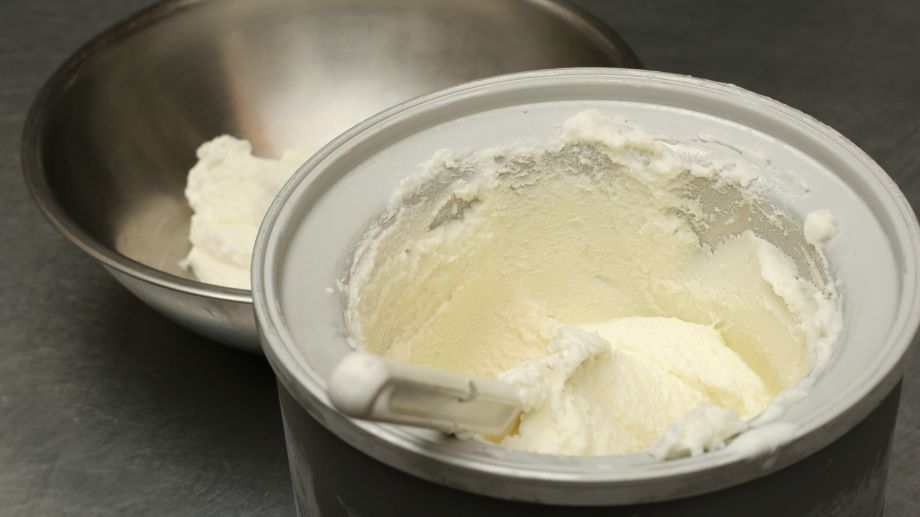
One of the most common mistakes when making homemade ice cream is not chilling the outer bowl long enough.
The outer bowl is what actually does the freezing for you and if it's not cold enough then it doesn't have enough “cold power” in order to freeze your ice cream effectively.
Follow the instructions your ice cream machine gives you but usually it takes at least 24 hours to get the outer bowl completely down to temperature (which is around 0ºF/-18ºC).
To speed up this process turn your freezer down to it's lowest temperature and make sure to place the outer bowl at the back of the freezer towards the bottom (cold air sinks) and near the air vents where the cold air gets blown in.
If you have left your outer bowl in the freezer for 24-48+ hours and it still isn't working then you're either making one of the mistakes listed below of your freezer isn't cold enough.
Turn your freezer down to the coldest setting, keep the outer bowl at the back of the freezer and only get it out RIGHT BEFORE you churn your ice cream.
If it's sitting out of the freezer for a long time before you churn your ice cream then it will warm up and may not work properly. Your ice cream should only take 20-30 minutes to churn – if it's taking much longer than that the outer bowl can warm up too much and the ice cream may not freeze.
To test whether or not your outer bowl is frozen give your bowl a shake. If you can hear liquid sloshing inside the walls of the bowl, unfortunately it has not been chilled for long enough. However, even if it is completely frozen it may not be as cold as it needs to be. This is why the full 24+ hours is always recommended.
Solution: If you use a freezer bowl machine, make sure to fully freeze the bowl. Put it in the freezer for at least 24 hrs to ensure it is cold enough.
2. You've Overfilled The Machine
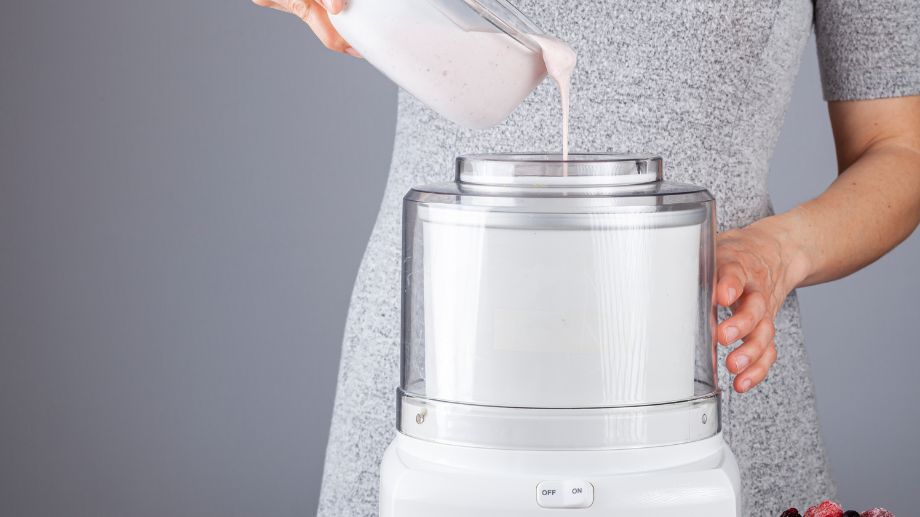
This is another common mistake. Not only will overfilling increase the likelihood of spillage and mess it can dramatically increase churn time!
The more ice cream you put in the more thermal mass you're adding to your ice cream maker. This all needs to be cooled down and frozen by the outer bowl.
While it's tempting to put in extra ice cream (after all who doesn't want more ice cream?!!) it's usually not advised to exceed the amount your ice cream maker recommends.
In some cases over filling your machine can prevent the ice cream freezing properly at all as the outer bowl does not have enough “cold power” to bring the mixture down to a freezing temperature. They just cannot work with the extra capacity.
Most manufacturers suggest not to exceed 3/4 of the maximum bowl or base capacity to get best results.
Your appliance is designed to adequately freeze a certain amount of ingredients exceeding that specific limit will result in sloppy ice cream.
Solution: Always follow manufacturers guidelines on filling to achieve optimal results.
3. Your Recipe Needs Some Work
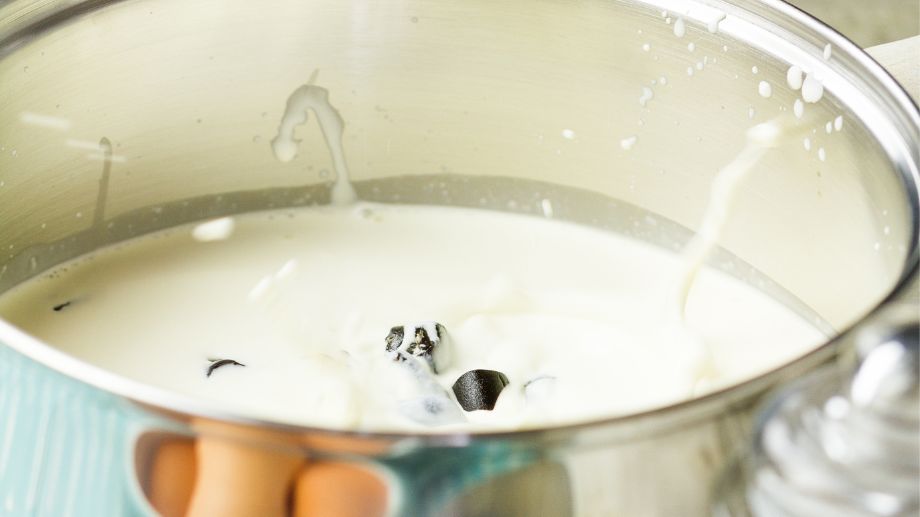
If your outer bowl is cold enough and you're not over filling your machine then maybe your recipe needs a bit of tweaking.
Have you added too much sugar, salt or alcohol to your mixture? Too much of either of these ingredients could stop the ice cream from freezing altogether. All of these items lower the melting point of ice cream and too much can lower the melting point so much it won't freeze at all and will stay liquid.
This is how salt melts ice in the middle of winter even when temperatures outside are below freezing and the same is true for your ice cream.
Adding liqueur or wine to an ice-cream mixture will make it softer. Alcohol, sugar and salt all lower the freezing point of a liquid so be mindful when adding them to the mix.
Also substitutions like alternative milks and sugar or flavor replacements can all have a significant effect on the freezing temperature of ice cream and could result in your ice cream not freezing properly.
Solution: Reconsider the ingredients in your batch, have you been a bit heavy handed with the liqueur? Or gone wild with the sugar or sweetener? If you want a nice firm batch but enjoy liqueur for flavor, counter the addition of alcohol by cutting back on the sugar.
Remember, because homemade ice cream lacks a lot of the preservatives and other ingredients in store bought ice cream the consistency won't be the same. Expect a soft serve like consistency that you then place in the freezer to fully harden. Also remember that homemade ice cream only lasts about 1-2 weeks in the freezer before it goes bad.
4. Too Much Water Was Added
If you use too much water, you will end up with a runny consistency that will not freeze properly.
You may not have intentionally added too much water…beware of substitutions!
Ice cream formulas are calibrated to achieve specific results. Full fat cream is about 59% water whereas skimmed milk can be up to 90%
If you are changing one dairy for another please consider how that extra water will affect your batch. The type of dairy selected in that recipe was likely done so for a reason.
Solution: When churning your ice cream, try adding water gradually instead of doing it all at once. This will help you control the consistency and save you from having to redo the batch
If you are swapping out ingredients then please be mindful of the water content of your substitutions.
5. Your Mixture Wasn't Adequately Chilled
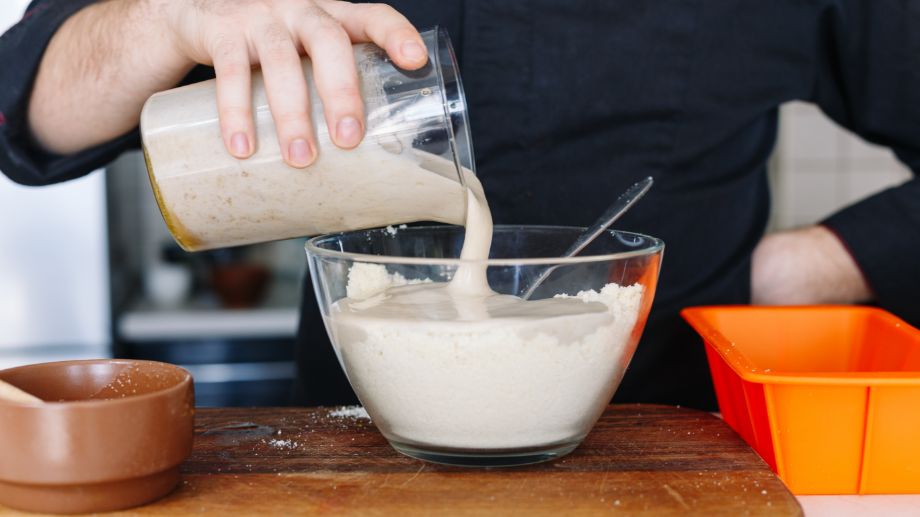
Often we don't think of the temperature of our ice cream mixture before putting it into our machine.
But if you add a warm mixture to an ice cream machine, then it won't freeze. The mixture needs to be at fridge temperature (39°F/4°C) or ideally colder. The closer to freezing temperature it is the better your ice cream churner will work.
This is because a mixture at room temperature (say 68ºF/20ºC) requires a lot more work to cool down to freezing temperatures than a mixture that is already near freezing temperatures.
This could mean the churning process will take much longer or that your ice cream doesn't freeze properly at all.
If the pre-frozen outer bowl warms up too much before your ice cream gets down to freezing temperatures then you could be left with a sloppy mess!
Solution: Put your mixture (or ingredients) in the fridge before making your ice cream. Use a thermometer to check your mixture is adequately chilled before adding it to the machine.
6. Add-In Ingredients Are Not Cold Enough
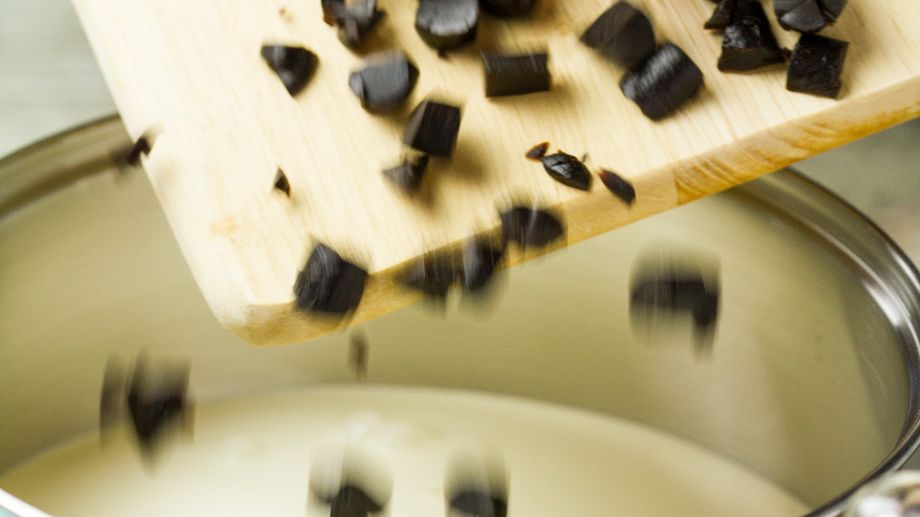
Some foods, like dried fruit or nuts, can make the freezing process challenging. Especially if they are at room temperature when you add them to the machine.
Again this is about thermal mass. The more thermal mass you add into your ice cream mixture the longer it will take to churn and the higher the likelihood it won't freezer properly.
You can still add these delicious extras to your mixture but you may need to add them at the very end after the ice cream has already turned into a soft-serve like consistency.
Alternatively you could refrigerate these items prior to making your ice cream so they don't add too much thermal mass.
Solution: Try and put your ingredients in the fridge overnight before preparing your ice cream. This will help your ice cream freeze and guarantee that you’ll get a nice firm consistency that is ready faster.
7. Did You Add Salt To The Outer Bowl?
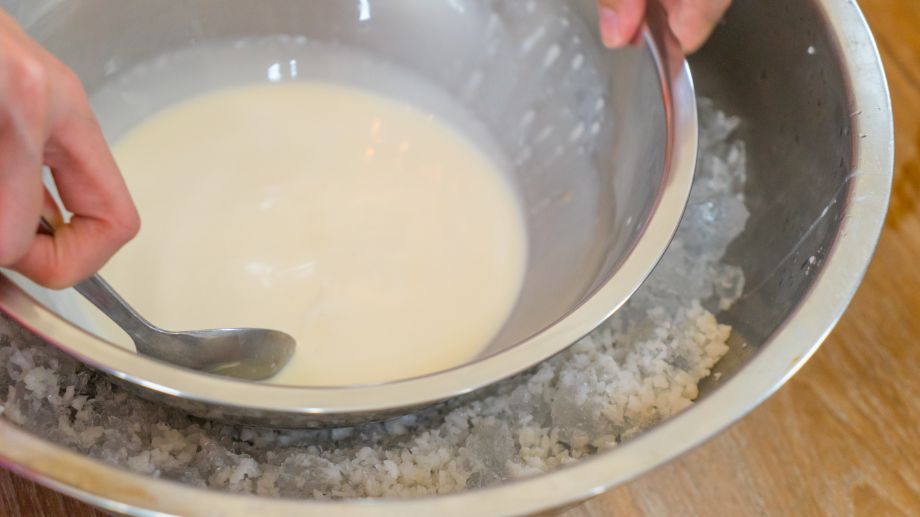
When making homemade ice cream using an old machine or hand churner you need to add salt to an outer bowl of ice water that freezes your ice cream as you churn it.
Why is adding salt to make ice cream important? Adding salt to ice when making ice cream quickly lowers the temperature of the ice in the outer bowl.
This coldness is then transferred to your ice cream mixture causing it to freeze.
Without salt, the outer ice will not get cold enough to freeze the ice cream and the ice cream will stay liquid.
Solution: Forgot the salt? Forget the ice cream! Next time ensure you add adequate salt to the outer bowl to ensure the ice cream freezes.
8. You've Got A Faulty Ice Cream Maker
If you have gone through each point in this list and still have not discovered where it all went wrong, have you considered that perhaps your ice cream maker is damaged or broken?
If you have gone through each point here and are still having issues then this may be the case.
Solution: Check the thermostat. If your ice cream maker is professional-grade there’s a chance that it has one. If your machine is still under warranty it's time to call the manufacturer.
Summary
If you are expecting the solid texture of store-bought ice cream then unfortunately this is NOT achievable on most domestic machines. When you've reached soft serve texture, then this is perfect and just needs transferring to the freezer to harden. Read our guide on how long to churn ice cream for.
If your ice cream is a soup like consistency then something has definitely gone wrong!
It can be tricky trouble shooting what happened with your ice cream batch. If you approach this methodically you can ensure that the next batch freezes to the perfect consistency.
- Remember to prepare thoroughly, that means ensuring that your mixture, ingredients and bowl are all frozen adequately before you add them to the machine.
- Salt is very important and must be added to the outer bowl, failing to do this will result in your ice cream not freezing.
- Ingredients are important. When you are adding sugar, sweetener or alcohol be mindful that these impact freeze point.
- Ice cream recipes are like mathematical equations, be wary when substituting items. Water content will have an impact on your ice creams texture and ability to freeze properly. Adding water bit by bit will ensure you stay in control of your consistency.
- Always stick to manufacturer's guidelines when it comes to filling your machine, overfilling is not recommended and will affect churn time and consistency.
- If you have gone through all the items in this list and are still having problems, it's time to fix that machine!

